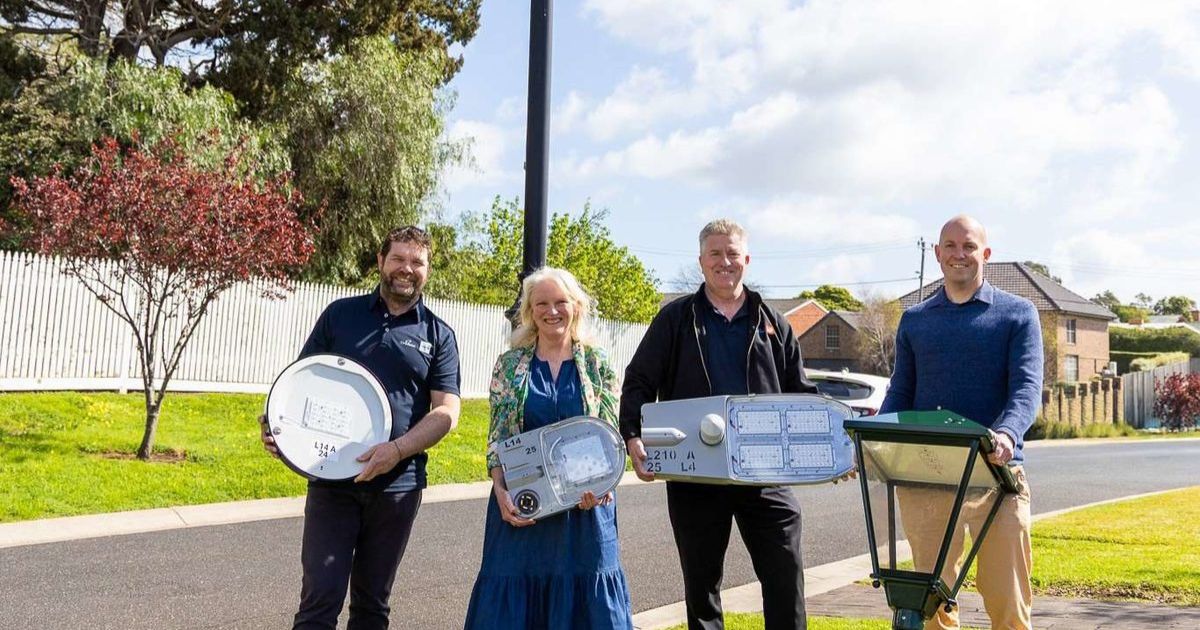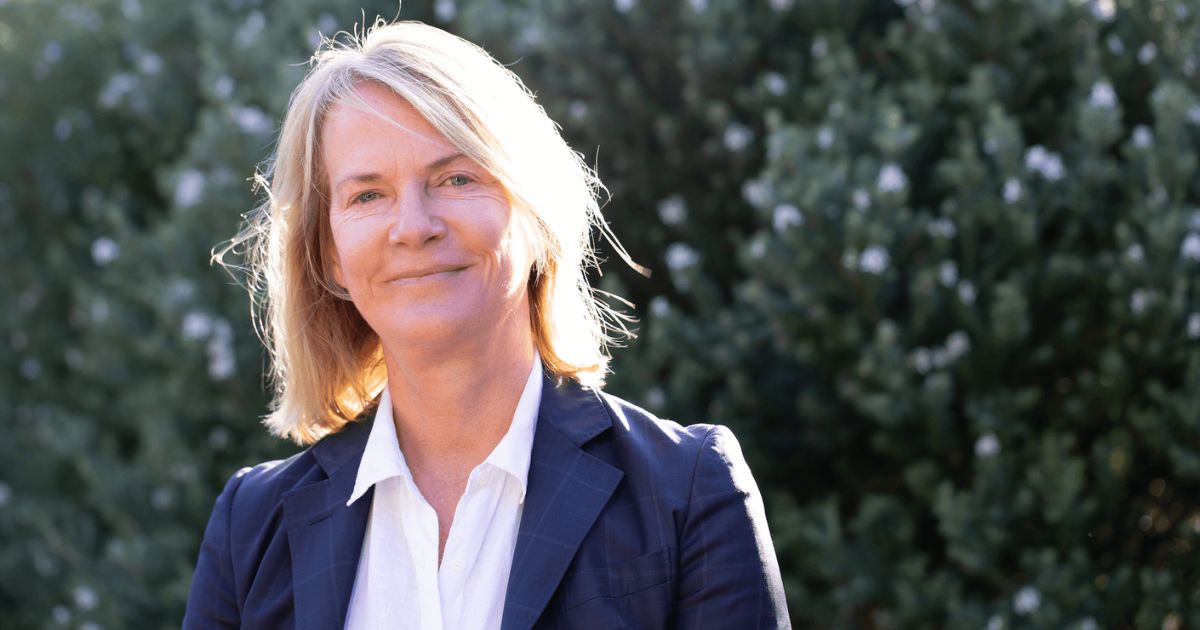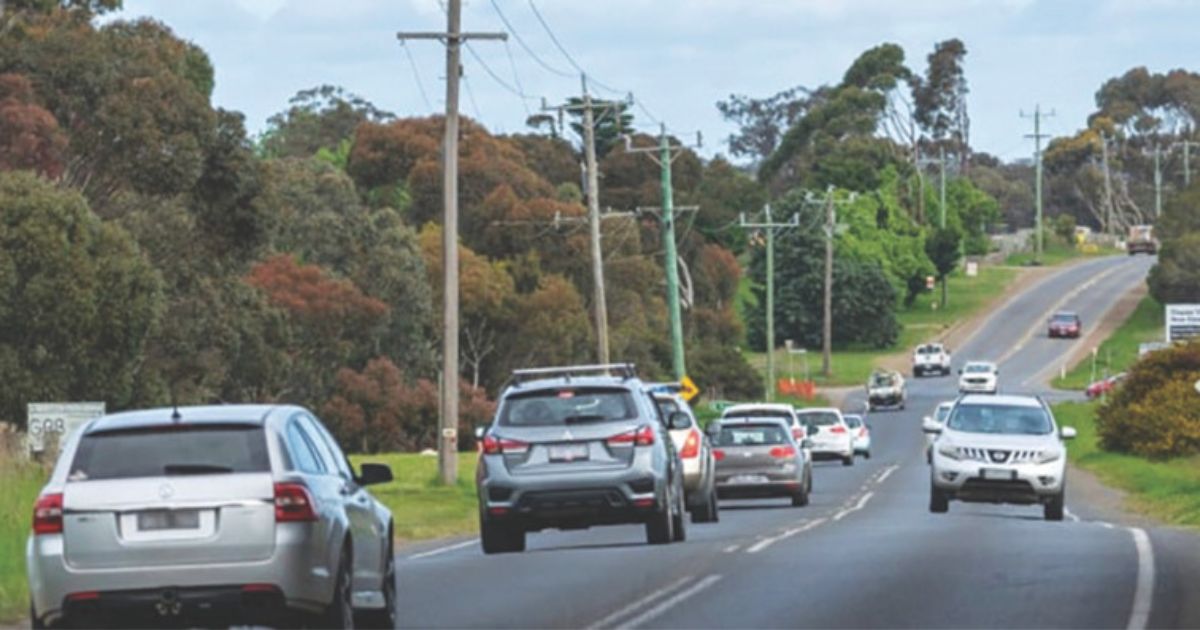Deakin research lab considers how to heal Anglesea scar
HEALING the scar of the Anglesea mine and predicting the effects of sea level rise along the Surf Coast are among the challenges being considered by a new research lab at Deakin University.
The Live+Smart Lab is part of the School of Architecture and Built Environment.
Lab director Dr Phillip Roös said researchers would consider how building and design could address issues such as ecological and sociocultural sustainability, along with the community’s health and wellbeing.
“Along with human beings’ innate connection to nature and the world around us, these are all factors that contribute to liveability and are areas which the lab’s research team have strong expertise in, and we look forward to delving into some groundbreaking applied research to create real-world solutions.”
The “Heal the Scar at Anglesea” project involves developing a replicable approach to the regeneration of exhausted quarry and mine sites, using the former Alcoa site at Anglesea as a case study.
“It is very important for the future of the Anglesea mine site to first heal the land, acknowledge Aboriginal custodianship and reinstate the water catchment of the area before any developments occur,” Dr Roös said.
In collaboration with global architecture practice Grimshaw, Heal the Scar has developed three scenarios for the Anglesea site.
They include restoration, which is the minimum work needed to return the site to its natural environment and restore the existing ecological systems, including creek flows into the Anglesea River; and regeneration, which includes restoration plus further cultural heritage elements such as a Wadawurrung Indigenous cultural centre to share learnings about caring for Country.
The third option would be adaptation, which would include both options above but also develop the land for sustainable community ventures such as food production in a high performance solar powered greenhouse system that effectively creates a closed loop system for energy and food production.
Another project involves researchers working in partnership with the Great Ocean Road Coast Committee to investigate the impacts of coastal developments and sea level rises, with the effects visually represented in a dynamic 3D and virtual reality platform.
“This exciting opportunity to model different scenarios of impacts on the coast in the Jan Juc to Point Impossible coastal area is setting a new benchmark in how we can plan and manage unprecedented pressures on our Victorian coastline,” Dr Roös said.


















